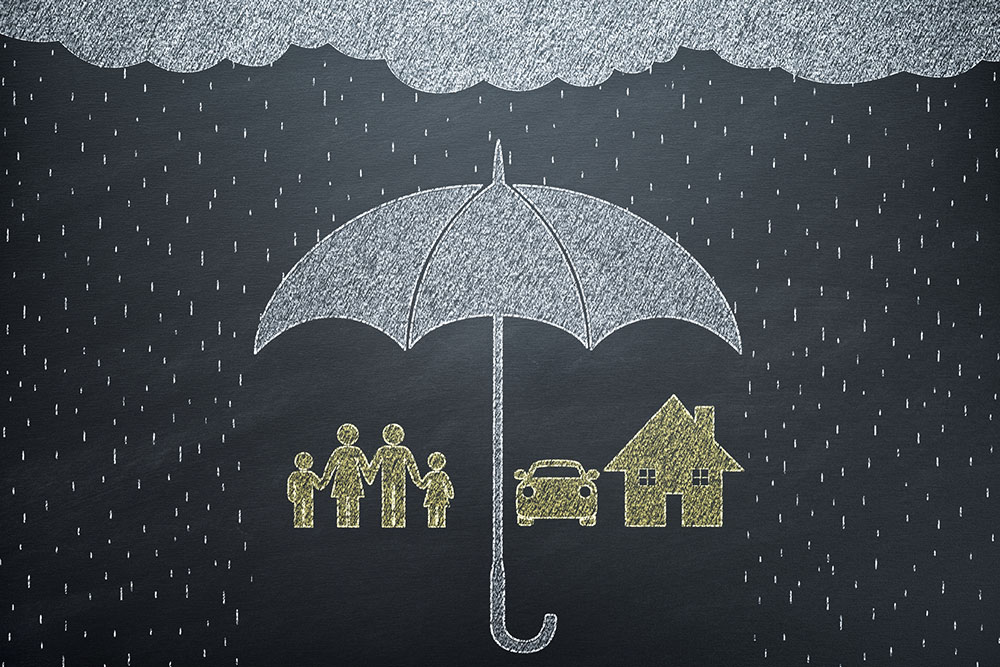A short guide to taxes on pensions
This content is for information purposes only and should not be taken as financial advice. Every effort has been made to ensure the information is correct and up-to-date at the time of writing. For personalised and regulated advice regarding your situation, please consult an independent financial adviser here at Castlegate in Grantham, Lincolnshire or other local offices.
After a career of paying taxes, you can be forgiven for thinking you do not need to pay taxes in retirement. However, this is not usually the case. In the UK, pensions are subject to Income Tax; yet other taxes (e.g. inheritance tax, or IHT) also have important implications for retirement planning. In this guide, our financial planners in Lincoln, here at Castlegate, offers a summary of how taxes bear upon pensions in the 2022-23 tax year. We hope you find this content helpful. If you want to discuss your own financial plan with us, please get in touch to arrange a no-obligation financial consultation, at our expense:
01476 855 585
info@casfin.co.uk
Do I pay income tax on my State Pension?
When you start claiming your State Pension, you are unlikely to pay Income Tax on the income if this is your only retirement income source. This is because you get a yearly tax-free Personal Allowance of £12,570, but in 2022-23 the full new State Pension amounts to £9,627.80 (which falls well within your Personal Allowance).
When you reach age 55, moreover, you can usually withdraw up to 25% of the value of your pensions without paying tax. However, this Normal Minimum Pension Age is set to rise to 57 after 5 April 2028. Depending on the type of pension, you can usually take your 25% as a number of lump sums or as a single one, with the remainder added to other income – making it subject to tax.
Do you pay tax when you retire in the UK?
Most British people in retirement will pay Income Tax on their pension income if their total annual earnings exceed £12,570 (the tax-free Personal Allowance). If your total pension income is £40,000 per year, for example, then you would pay the 20% Basic Rate on £27,430 (an Income Tax bill of £5,486).
You may also need to pay a tax bill if your total pension savings are above the tax-free “cap” allowed under the law (called the “Lifetime Allowance”). This is set at £1,073,100 in 2022-23, which has been frozen until 2025-26. Anything taken from your pensions as a lump sum over this amount is taxed at 55%, or at 25% if it is withdrawn as an income.
You may not automatically be charged as soon as the value of your pensions reaches the limit of the Lifetime Allowance (assuming you reach it at all). Rather, your Lifetime Allowance is “tested” at various points or events – such as every time you access your pension, or on your 75th birthday (regardless of whether or not you have accessed pension benefits).
Another important rule to be aware of is the Money Purchase Annual Allowance (MPAA). This reduces the “normal” annual allowance of £40,000 – i.e. the maximum that can be contributed by an individual to his/her pensions each year – down to £4,000. It is “activated” when certain triggers are met – such as when you start withdrawing income from a defined contribution pension scheme. This can happen, inadvertently, when someone wants to start taking pension income whilst continuing in paid work and making pension contributions.
How can I avoid paying tax on my UK pension?
As a UK resident, you can avoid paying Income Tax on your pension income if it does not go over the Personal Allowance (£12,570 per year). However, most people will need more than this to support their retirement lifestyle. One study suggests that a single person will require at least £18,000 per year to cover their “essential costs” in 2022-23.
Firstly, you can seek financial advice about using other savings to support your lifestyle. For instance, you can make as many withdrawals as you like from regular savings accounts and cash ISAs (individual savings accounts), tax-free. However, be careful not to deplete these too much, as it is generally wise to keep an easy-access fund containing 3-6 months’ worth of living costs handy for emergencies.
Secondly, other income sources could potentially be used which fall outside of your Income Tax bill. In particular, in 2022-23 you can earn up to £2,000 in dividends, tax-free, each tax year. If you hold dividend-paying investments within an ISA, moreover, then this income will not count towards this annual tax-free dividend allowance.
Thirdly, if you are married or civil partnership, then you can transfer assets to your spouse or partner (tax-free) to make your future household retirement income more tax-efficient. Suppose one of you has accumulated the 35 “qualifying years” of National Insurance (NI) contributions to receive the full new State Pension, but the other person has not. Here, the first person could help his/her spouse to make voluntary NI contributions to complete their record, allowing both of you to receive the full new State Pension when you both reach the legal age. Since each of you receive your own tax-free Personal Allowance, this could allow your household to generate up to £25,140 from pensions each year without incurring an Income Tax bill.
Finally, make sure you prepare for inheritance tax (IHT). Whilst your pension pot(s) can be inherited by beneficiaries without IHT in 2022-23, this does not mean there is never any tax to pay at all. If you die after age 75, for instance, then a child who withdraws funds from your pension will need to declare it under Income Tax – potentially pushing him or her into a higher tax bracket if care is not taken.
Conclusion & invitation
If you are interested in discussing your own financial plan or investment strategy with us, please get in touch to arrange a no-commitment financial consultation at our expense:
01476 855 585
info@casfin.co.uk












